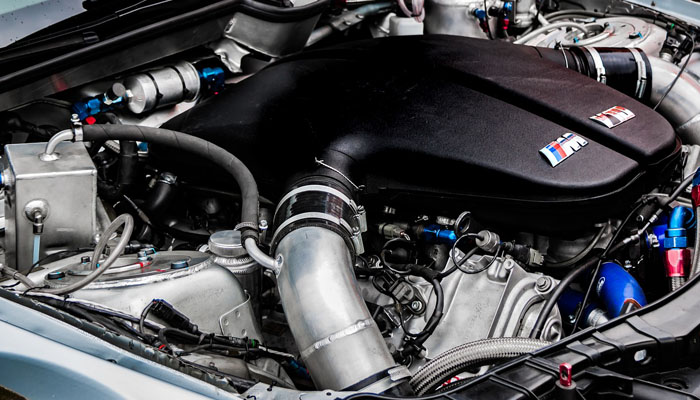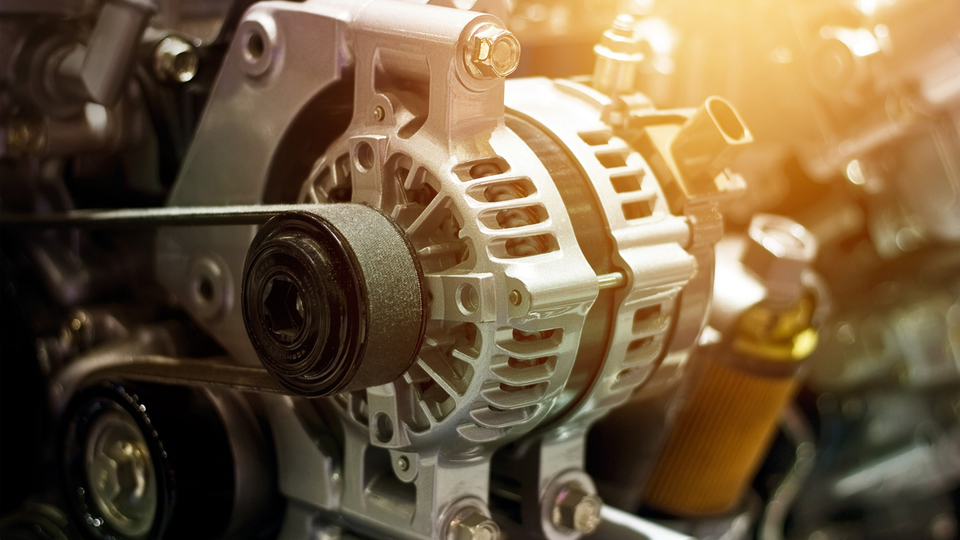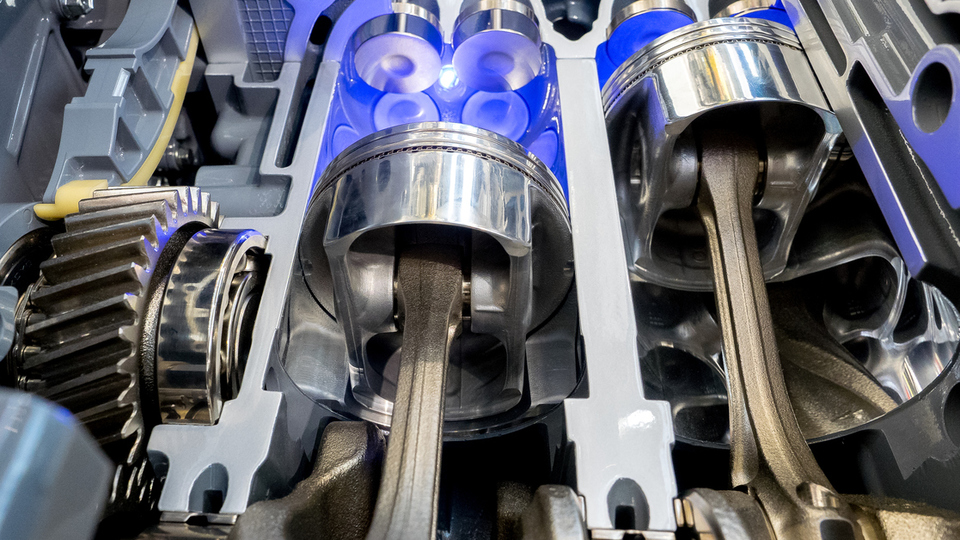Different Types of Car Engines

Engines Differentiating According to the Fuel Used
Engines Differentiating According to Combustion Site
Engine Types According to Cylinders
Engine Types According to Ignition Type
Although many car enthusiasts are knowledgeable about car models, performance and fuel, not everyone who is a car enthusiast may have the same knowledge about car engines. Different types of car engines will be explained below.
There are many different types, features and types of automobile engines. Engines differ among themselves according to timing, fuel type, combustion place, construction features and number of cylinders. First of all, let’s start with the definition of the engine. The engine is a machine that activates the vehicle by converting the heat energy obtained from the fuel into mechanical energy.
Engines Differentiating According to the Fuel Used
Engines may differ according to the type of fuel used. For many years, car manufacturers have generally used Diesel and Gasoline fueled engine options. In recent years, with the developing technology, they have moved to a more ecological dimension and developed an electric motor. Many manufacturers have produced hybrid vehicles using this new technology. In addition, users have changed the fuel type in their vehicles to LPG because it is more economical, allowing the engine to run with gas.
1- Gasoline Engines
2- Diesel Engines
3- LPG Engines
4- Electric Motors
Different Types of Car Engines: Engines Differentiating According to Combustion Site

Car Engine types are divided into 2 according to the place where the fuel is burned. One of these 2 different engine types is Internal Combustion and the other is an external combustion engine. The task of internal and external combustion engines is to convert the energy produced by the burning fuel into motion.
1- Internal Combustion Engine
Fuel burns in cylinders, also called combustion chambers, inside the engine. Gas from the burning fuel activates the pistons. The machines that cause the car to work in this working order are called internal combustion engines.
2- External Combustion Engine
This working arrangement is an external combustion engine because the fuel is at a place outside the cylinders of the engine. It converts the heat energy obtained from the fuel burning outside into water vapor.
Engine Types According to Cylinders
Engine types also differ according to the number of cylinders they have.
1- Two Cylinder Engine
2- Three Cylinder Engine
3- Four Cylinder Engine
4- Five Cylinder Engine
5- Six Cylinder Engine
7- Eight-Cylinder Engine
8- Ten Cylinder Engine
9- Twelve Cylinder Engine
10- Sixteen Cylinder Engine
People prefer four, six and eight-cylinder engines in today’s automobiles. Some models of the Fiat 500 have two cylinders. Three-cylinder engines reduce driving pleasure as they work noisy and jerky. Therefore, people don’t prefer three-cylinder engines. Also, if we need to sort these engine types, we can sort them according to the frequency of use as follows.

1- Inline Engines
In in-line engines, the cylinders are located on the same plane and are in-line next to each other. The number of cylinders varies between two and five in inline engines. In-line engine type It is one of the most used engine types.
2- V Type Engines
In V type engines, the cylinders are arranged in two rows to form the letter V. For this reason, the number of cylinders must always be even. Moreover, V-type engines usually use four, six and eight cylinders. For this reason, most of the car models used today have a V-type engine.
3- Boxer Type Engines
It is the type of motor that is arranged in two rows with the cylinders facing each other. Furthermore, it usually works with four cylinders. People don’t prefer boxer type engines because of their high fuel consumption.
4- Star Type Motors
In the engine type, which is mostly used in aircraft and ships, the cylinders are arranged in the form of a star around a center.
5- W Type Motors
W type engine produced for special production high performance vehicles is a duo of V type inline cylinders.
Different Types of Car Engines: Engine Types According to Ignition Type
There are two types of ignition methods in engines. One of these methods is spark plug ignition.
The working system in spark plug-ignited engines is as follows; The spark plug, invented by Nicola Tesla, is the part that combines the fuel in the combustion chamber of the engine with the air, creating sparks and causing the fuel to burn and the engine to ignite.
Another ignition method is the compression method. In this method, a part such as a spark plug is not present in the engine.
While the two-stroke engine performs the intake, compression, combustion and exhaust processes in two processes as intake and compression, combustion and exhaust, in the four-stroke engine it all takes place in a single process.
There are two different cooling systems in the engines to prevent the engine from the heat generated while the engine is running. These are water-cooled and air-cooled engines. Also, as their names suggest, there are two different systems that prevent damage to the engine by cooling the engine with water and air.


